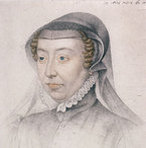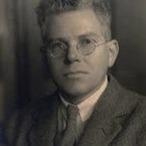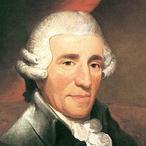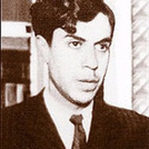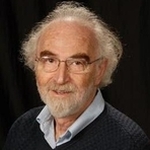|
With so much Handel around at the moment, one might think that The Orchestra of the Age of Enlightenment may have made a wrong choice of subject with “A celebration of Handel” at the Queen Elizabeth Hall this season. However, this was most definitely not the case. The program was a perfect mix of music, with contrasting styles, compositional devices, and moods all within the output of a single composer. The effect was to provide an overview of this most prolific of composers, highlighting his abilities within the various modes of Baroque technique. To do this, one must, of course, visit Handel’s operatic and sacred works; and to do this successfully, one must enlist the help of a singer suitably virtuosic in both communication and technique. Elin Manahan-Thomas, (henceforth M-T) soprano, is such a singer. I first became aware of her after hearing her recording of the Birthday Ode to Queen Anne, “Eternal Source of Light Divine”, from her album Eternal Light. I was amazed by the beauty and purity of her voice, particularly in those passages which lay above the stave. The concert, which was being recorded for BBC Radio 3, and will be aired on 19th June, started with the Concerto grosso Op 6, No 1, which was suitably light and entertaining enough to warm everybody up. Next came three of Handel’s most popular arias. First up was “Tornami a vagheggiar” from Alcina. This difficult aria was sung beautifully, with the long, suspended Bb5’s giving me goose bumps as M-T took the vibrato off the note, and sang with the pure tone. Her colour was even throughout the range, and the chest register was lush without resorting to harshness. She was un-phased by Handel’s virtuosic demands. M-T moved from youthful infatuation to the lamentation of freedom lost with the aria “Lascia ch’io pianga” from Rinaldo. The tender phrasing, carried to the end of the line, was convincing, and the final section was haunting, M-T producing some beautifully supported pianissimos. Her immersion into her characters is so complete, that it was difficult to believe that the same singer had just stunned us with the previous aria. The last of the three opera arias was Cleopatra’s “Da tempesta” from Giulio Cesare. M-T was exultant as the Egyptian Queen, firing out the coloratura passages with passion and joy. The energy of the OAE was perfectly matched to M-T’s agility. The next two pieces, straddling the interval, were two Concerto grossi. The first and third movements of Op 3, No 2 were originally used in Handel’s Brockes Passion, a choral work from 1716, but the highlight for me was the beautiful second movement. The Oboe’s lament ebbed and flowed over the two cellos, whose oscillating arpeggios were supported by the excellent continuo. In Op 6, no 7, Handel was at his most inventive. The second movement is an allegro fugue, the subject of which has its foundation in rhythmic variation, repeating the same note for three bars: two minims, four crotchets and eight quavers. It was classily executed, with the viola entrance being particularly powerful. The third movement has a chromatic theme, and the last movement is Handel at his most “English”. The final offering on the program was “Silete venti”, the Cantata for soprano and orchestra. The furious winds conjured up by the OAE were fierce. M-T shone in the final movement, the Alleluia, where she gave full reign to her virtuosity. The encore was Handel’s “Ombra Mai Fu”, from the opera Xerxes. This is a difficult piece to perform, because it is performed so frequently. M-T’s interpretation emphasised tenderness and refinement, focusing on vocal control and pianissimo singing. The penultimate “piu” was held long after the orchestra died away, and was only slightly marred by the spontaneous lighting effects coming from the right of the stage. The concert was truly a celebration of Handel and his music.
0 Comments
|
Categories
All
Archives
September 2014
|
MOST VIEWED POSTS
© James Edward Hughes 2013
 RSS Feed
RSS Feed
